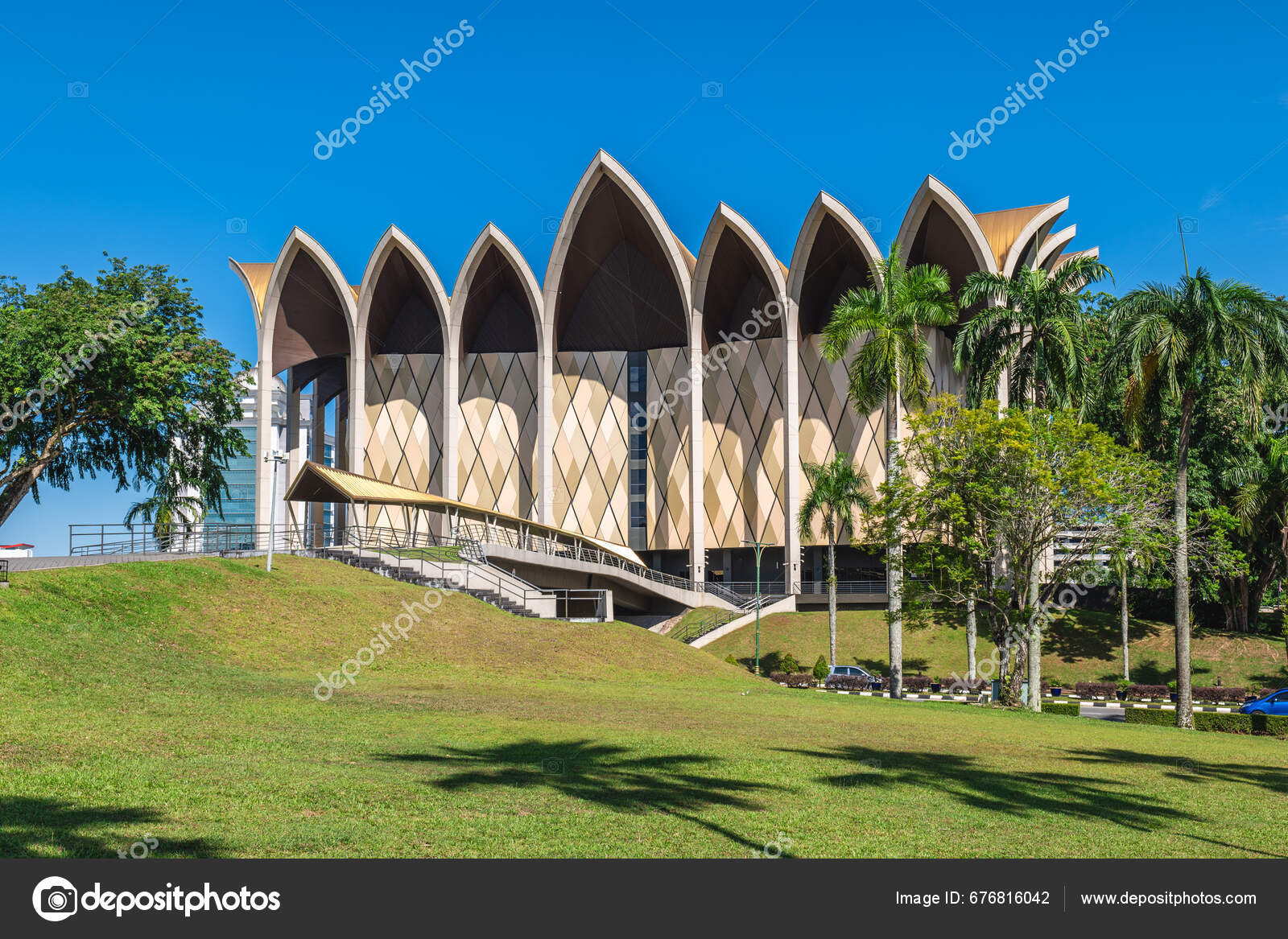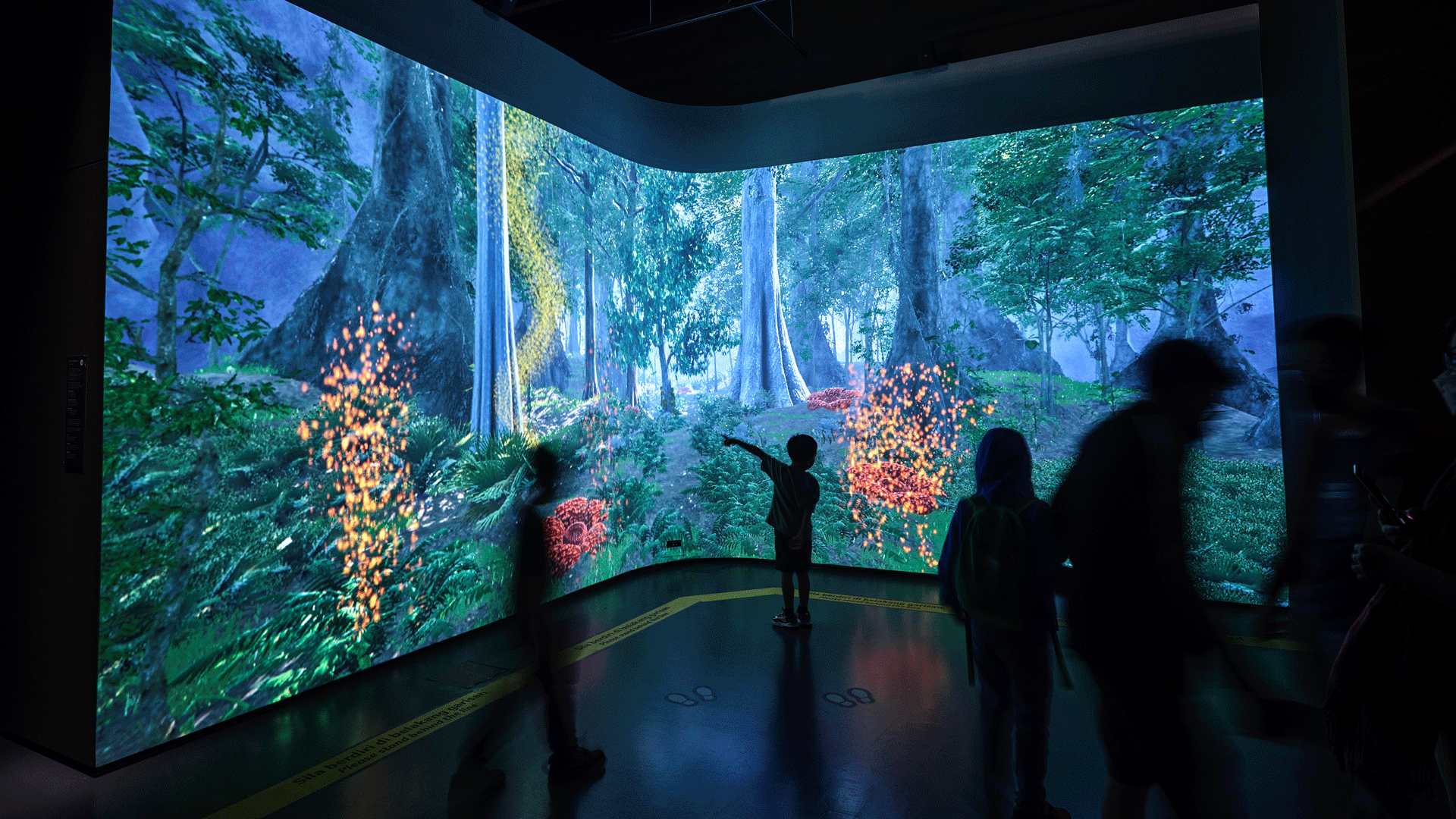Borneo Cultures Museum: Portal to Indigenous Knowledge
Borneo Cultures Museum: Portal to Indigenous Knowledge
Blog Article
Delve Into the Interesting Globe of Borneo's Cultural Heritage: A Comprehensive Overview to the Cultures Gallery Experience
Submersing oneself in the elaborate tapestry of Borneo's cultural heritage belongs to embarking on a voyage with time and custom. The combination of indigenous tribes, conventional handicrafts, captivating efficiencies, and historic narratives housed within the boundaries of the island's galleries provides a glance right into a world teeming with profound heritages and vivid customizeds. As site visitors go across via these repositories of society, they are beckoned to discover a world where past and existing intermingle, inviting reflection on the strength and splendor of Borneo's diverse heritage.
Native Tribes of Borneo
Borneo is home to over 50 indigenous people, each with special social techniques and traditions that have actually been protected for generations. Amongst these tribes are the Iban, known for their elaborate tattoos and standard longhouses where multiple families live. The Dayak people, one more famous team, take part in sophisticated spiritual events and are experienced craftsmens, crafting elaborate timber makings and woven textiles. The Penan people, on the various other hand, are nomadic hunter-gatherers with a deep connection to the rain forest, making use of blowpipes for searching and gathering wild plants for nutrition.
These native people play a vital role in keeping Borneo's rich social tapestry. Despite external influences and modernization, numerous people remain to promote their custom-mades, beliefs, and languages. Site visitors to Borneo have the opportunity to engage themselves in the special lifestyles of these people through cultural trips, homestays, and community-based tourist efforts. By engaging with these indigenous neighborhoods, site visitors can get a deeper recognition for the diversity and strength of Borneo's indigenous heritage.
Traditional Inventions and Artefacts

One popular example of traditional handicrafts in Borneo is the manufacturing of woven goods - Borneo Cultures Museum. Knowledgeable weavers use all-natural fibers like rattan, pandan, and bamboo leaves to develop intricate baskets, floor coverings, and accessories decorated with vibrant patterns that hold symbolic meanings within the community
The art of woodcarving is an additional significant aspect of Borneo's typical handicrafts. Craftsmens sculpt detailed styles right into various kinds of wood to create masks, sculptures, and music tools that not only serve useful functions however likewise hold social value, usually portraying folklore or spiritual ideas.
In Addition, Borneo is renowned for its beadwork, with craftsmens diligently crafting beads from products like glass, seeds, and shells to produce precious jewelry, clothing embellishments, and ornamental products that showcase the region's vivid visual practices. These typical inventions and artifacts not only offer as concrete expressions of Borneo's cultural heritage but likewise supply understandings right into the neighborhoods' beliefs, worths, and way of living.

Cultural Performances and Festivals
With an ingrained link to their cultural traditions, the areas in Borneo come active through vibrant social performances and festivals that commemorate their heritage. These events display the rich variety of Borneo's ethnic groups, each offering unique dances, music, and routines that have been given through generations. One of one of the most distinguished festivals is the Gawai Dayak, celebrated by the Dayak individuals to mark learn the facts here now the rice harvesting period. During this event, standard music loads the air, elaborate dancings are carried out, and elaborate typical costumes are put on. Another considerable event is the Pesta Kaamatan, celebrated by the Kadazandusun community to offer many thanks for the rice harvest. This festival features social efficiencies, including the Sumazau dance, and conventional sporting activities like the bamboo dance. Site visitors to Borneo can submerse themselves in these festivities, getting a deeper understanding of the region's social heritage and experiencing the cozy hospitality of its individuals. Cultural performances and events function as a dynamic pointer of Borneo's rich social tapestry and the importance of preserving these practices for future generations.
Historic Narratives and Artefacts
Discovering the historic narratives and artifacts of Borneo supplies a remarkable glance right into the region's abundant past and social advancement. Borneo's historic tapestry is woven with diverse impacts, reflecting the interactions between native tribes, Chinese traders, European colonizers, and Malay sultanates. The artefacts found in Borneo display this detailed background, ranging from conventional crafts like complex beadwork and woodcarvings to archaeological prizes such as old pottery and devices.
Among the most compelling elements of Borneo's historical narratives is the preservation of oral traditions gave through generations. These stories offer understandings right into the beliefs, customizeds, and every day lives of Borneo's citizens throughout the centuries. In addition, the artifacts discovered from historical websites use tangible links to these narratives, allowing site visitors to witness the material culture of previous societies firsthand.
Contemporary Cultural Preservation Efforts

In addition, curricula and cultural exchange activities play an essential role in elevating recognition about the significance of preserving Borneo's unique social heritage. By engaging institutions, museums, and the larger community in conversations and tasks that celebrate Borneo's diverse societies, preservation efforts can obtain energy and support for long-lasting sustainability. Collaborations in between governmental bodies, charitable organizations, and neighborhood areas are important in driving these preservation ventures forward, making certain that Borneo's rich cultural heritage continues to be lively and cherished for generations to come.
Conclusion
In conclusion, the social heritage of Borneo is varied and abundant, with native people, standard handicrafts, social performances, celebrations, historical narratives, and contemporary preservation efforts all adding to its uniqueness and importance. Site visitors to Borneo's social galleries can obtain a deeper understanding and recognition of the region's social heritage, permitting a much more immersive and enlightening experience.
Immersing click for more oneself in the intricate tapestry of Borneo's social heritage is akin to getting started on a trip via time and tradition.With a deep-rooted connection to their social traditions, the neighborhoods in Borneo come to life via lively social performances and celebrations that celebrate their heritage. Social efficiencies and festivals serve as a lively reminder of Borneo's abundant social tapestry and the significance of protecting these practices for future generations.
Additionally, instructional programs and social exchange activities play a crucial function in increasing recognition regarding the value of maintaining Borneo's unique cultural heritage. Partnerships between governmental bodies, non-profit organizations, and regional neighborhoods are vital in driving these preservation endeavors forward, making sure that Borneo's rich social heritage continues to be dynamic and treasured for generations to come.
Report this page